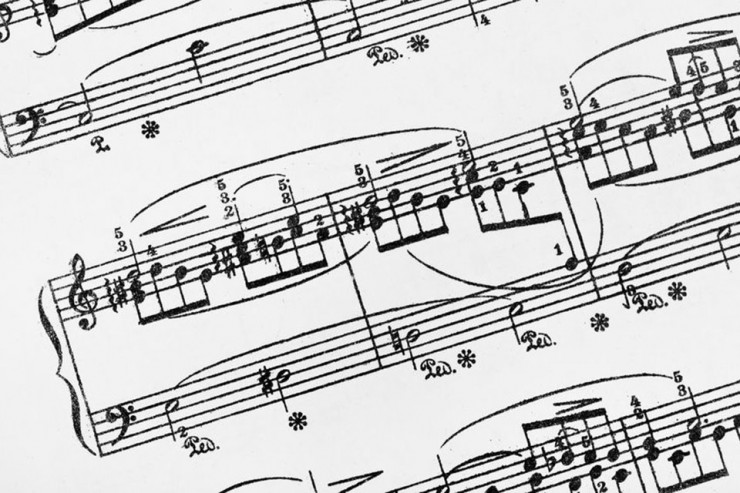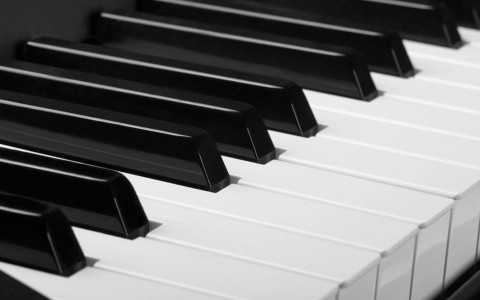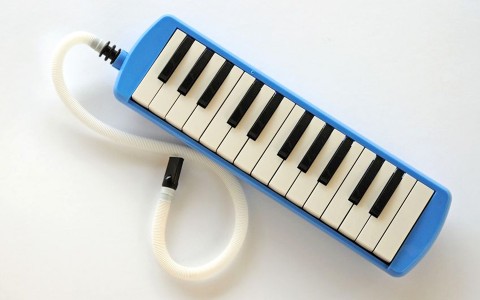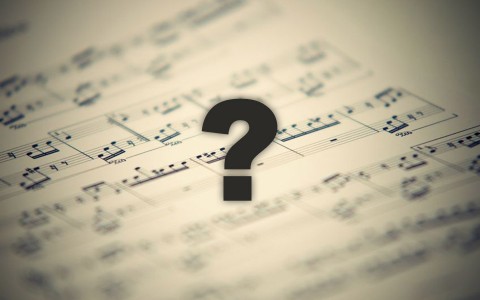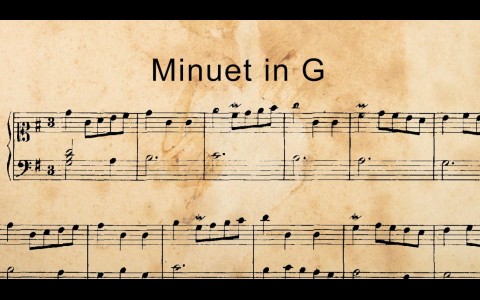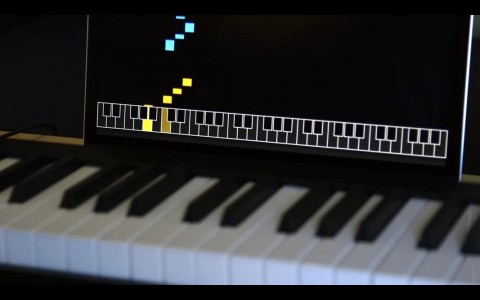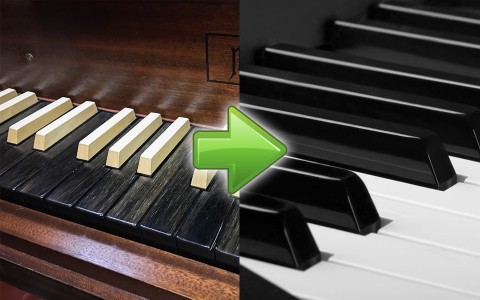Music chords are very important to any musician and composer. When a musician plays a song, he hears the music moving from one chord to another. In fact, he recognises whenever the song ends, it's always a certain quality - a "going home" kind of feeling. To him, the quality of the chords in the chord progressions affect how he interprets the music greatly. To a composer, he can use a compositional device like borrowed chords to make an otherwise predictable progression sounds fresher; or perhaps by changing the chord quality to add surprise into a chord progression, e.g. C7 instead of C major chord. How does he tell the quality of a chord?
There are 4 types of qualities: major, minor, diminished, and augmented. In their simplest form, a chord is made up of 3 notes known as a triad, and the quality of the chord is determined by the intervals between the notes.

The illustration above presents a very simple technique to determine the quality of a chord fast. It relies on the number of semitones between the pair of notes in a triad.
- In a Diminished Chord, the number of semitones between the bottom pair of notes is 3 (interval of a minor 3rd), and the top pair 3 (interval of a minor 3rd).
- In a Minor Chord, the number of semitones between the bottom pair of notes is 3 (interval of a minor 3rd), and the top pair 4 (interval of a major 3rd).
- In a Major Chord, the number of semitones between the bottom pair of notes is 4 (interval of a major 3rd), and the top pair 3 (interval of a minor 3rd).
- In a Augmented Chord, the number of semitones between the bottom pair of notes is 4 (interval of a major 3rd), and the top pair 4 (interval of a major 3rd).
For those who are very familiar with key signatures, you can determine the chord quality faster than counting the semitones. Use the root (bottom) note as the key in its major form, and observe how the other 2 notes move relative to the notes from the said key.
Example 1:
- Using the example from the figure above, the root (bottom) note is C.
- So, we are adopt a C major key.
- In a C major, we have C, E, G.
- If the triad has C, Eb, G; the left shift in the middle note from E to Eb reveals a minor chord straight away.
- If the triad has C, Eb, Gb; there are 2 left shifts from the top notes, and this gives you a diminished chord.
- If the triad has C, E, G#; there is a right shift from the top note, and this indicates an augmented chord.
Example 2:
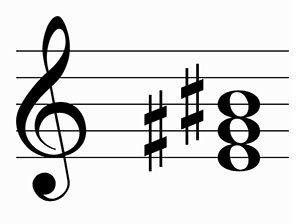
- The root (bottom) note is E.
-
So, we are adopt a E major key.
-
In a E major, we have E, G#, B.
-
If the triad has E, G#, B#; the right shift in the top note from B to B# indicates a augmented chord straight away.
That's it!
